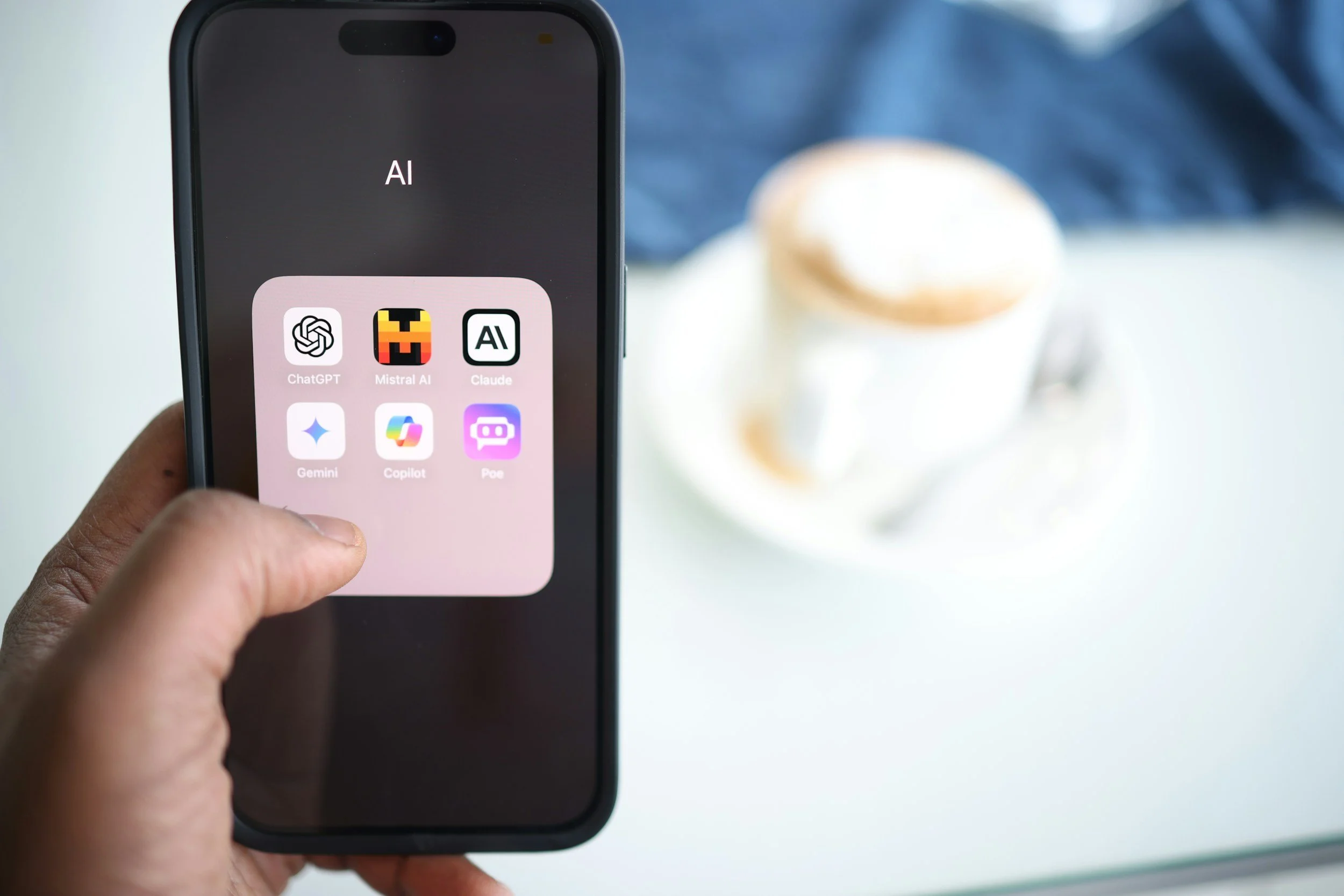The Cadence of Virality: How TikTok and YouTube Shorts Are Reshaping Modern Music
Over recent years, TikTok and YouTube Shorts have emerged as dominant forces influencing not only how audiences discover music but also how artists craft their songs. The brevity and immediacy demanded by these platforms have altered musical structures, favouring concise hooks and rhythmic efficiency. This article examines how short-form video apps are influencing the cadence, structure, and creative processes of contemporary music.
Instant Hooks and Structural Streamlining
Short-form video platforms reward content that captures attention within seconds. Platforms like TikTok require music to pack a punch immediately. Research suggests that songwriters are increasingly composing music where the hook is front-loaded to fit 15 to 30 second clips. The emphasis shifts from narrative or lyrical complexity toward an instant grab for the ear’s attention.
This shift is echoed by Berklee songwriters, who explain that minute details in song structure and thematic design can connect artists to TikTok users in meaningful ways. These observations indicate that modern pop songs often begin with their most memorable elements, sacrificing traditional intros or slow build-ups in favor of immediate resonance.
Speed and Sonic Acceleration: The Rise of Sped-Up Versions
TikTok’s format has also encouraged the proliferation of sped-up remixes. Often called “nightcore” edits, these versions crank up tempo and pitch to create more kinetic and infectious renditions. According to Wikipedia, nightcore emerged in early 2000s fandom culture and regained significant popularity in the early 2020s thanks to TikTok, prompting labels to release official sped-up versions of popular tracks.
This evolution in tempo reshapes the cadence of music, compressing energy into faster, shorter bursts that align with short-form video editing styles and viewer attention spans.
Platformization and Song Popularity Dynamics
Academic research is starting to quantify how TikTok’s platform mechanics influence music creation and consumption. A computational study comparing TikTok and Spotify reveals that hit songs on TikTok often differ substantially in genre, content style, and label affiliation than those on Spotify. The findings highlight how TikTok’s mechanics encourage distinct forms of musical popularity.
Moreover, another study examines how TikTok can revive older songs, catalyzing renewed popularity via virality. Using analytics from platforms like TokBoard and Google Trends, researchers found that TikTok exposure can lead to significant rediscovery and resurfacing of tracks across web audiences.
Promotional Power and Music Industry Shifts
Short-form platforms have also changed promotional landscapes. Business Insider reports that TikTok strongly influences charts like Billboard Hot 100 and Spotify Viral 50. Artists and labels increasingly employ influencer partnerships, challenges, and audio licensure strategies to drive traction on TikTok.
Similarly, platforms ease discovery of new music. Studies show that 67 percent of TikTok users go on to stream songs they encounter on the app. This reinforces TikTok as a launchpad, not only for short clips but for sustained listening and fan engagement.
Critique and Countercurrents
Some critics argue that this trend compromises musical depth, a phenomenon they call the “TikTokification of music.” They suggest that traditional song structures—like verses, bridges, and narrative arcs—are being discarded in favor of repetitive loops and simplistic beats.
However, this isn't the complete picture. Recent analysis from the BBC, as reported by MusicRadar, suggests that average song lengths are starting to increase again. The study found that by 2025, the average length of a UK Top 40 song had risen to just under 3 minutes and 30 seconds. While this is still shorter than the average length from past decades, it suggests that audiences may be regaining an appetite for more structured songs.
Creative Process and Music Production
The influence of short-form platforms extends into the creative process itself. A study in the INSAM Journal of Contemporary Music Art and Technology describes TikTok’s “aural turn,” highlighting how the platform’s visual-audio integration reshapes music-making, listening, and promotion. Artists increasingly design music with smartphone screens, snippet suitability, and algorithmic shareability in mind.
TikTok has also reshaped audience behavior. Its algorithm rewards audio that can be repurposed—danceable beats, quirky lines, or emotional snippets. The result is music that is modular, floored for remix potential, and often written with virality as a central aim.
Simply Put: A Cadence Transformed by Platforms
TikTok and YouTube Shorts have undeniably reshaped modern music cadence. Instant hooks, faster edits, and platform-aware songwriting reflect a system where attention spans are short, but impact demands are high. Verified research confirms that these platforms influence not only what gets heard but how it is structured and shared.
Yet this transformation is not total. A resurgence of longer, more expressive songs suggests that artists and audiences still value musical complexity. In this evolving landscape, cadence has become a strategic element—a choice about how to meet listeners, whether in a ten-second loop or a multi-minute journey.
References
Business Insider. "How TikTok is Changing the Music Industry." https://www.businessinsider.com/how-tiktok-is-changing-music-industry
MusicRadar. "Song Lengths Are Increasing After Years of Decline." https://www.musicradar.com/artists/i-dont-know-if-were-going-to-get-back-to-bohemian-rhapsody-length-songs-but-attention-span-is-slowly-creeping-back-up-bbc-study-finds-song-lengths-are-increasing-after-years-long-decline
Berklee College of Music. "TikTok is Changing the DNA of Hit Songs." https://www.berklee.edu/berklee-now/news/tiktok-is-changing-the-dna-of-hit-songs-and-artists-are-taking-note
ResearchGate. "TikTok and Sound: Changing the Ways of Creating, Promoting, Distributing and Listening to Music." https://www.researchgate.net/publication/366381621
Wikipedia. "Nightcore." https://en.wikipedia.org/wiki/Nightcore
arXiv. "Comparing Popular Music on TikTok and Spotify." https://arxiv.org/abs/2411.11205
arXiv. "I've Heard This Before: Initial Results on Tiktok's Impact On the Re-Popularization of Songs." https://arxiv.org/abs/2411.01239
Duke Career Hub. "How TikTok Influences Music Discovery and Streaming." https://careerhub.students.duke.edu/blog/2025/02/20/how-tiktok-influences-music-discovery-and-streaming








